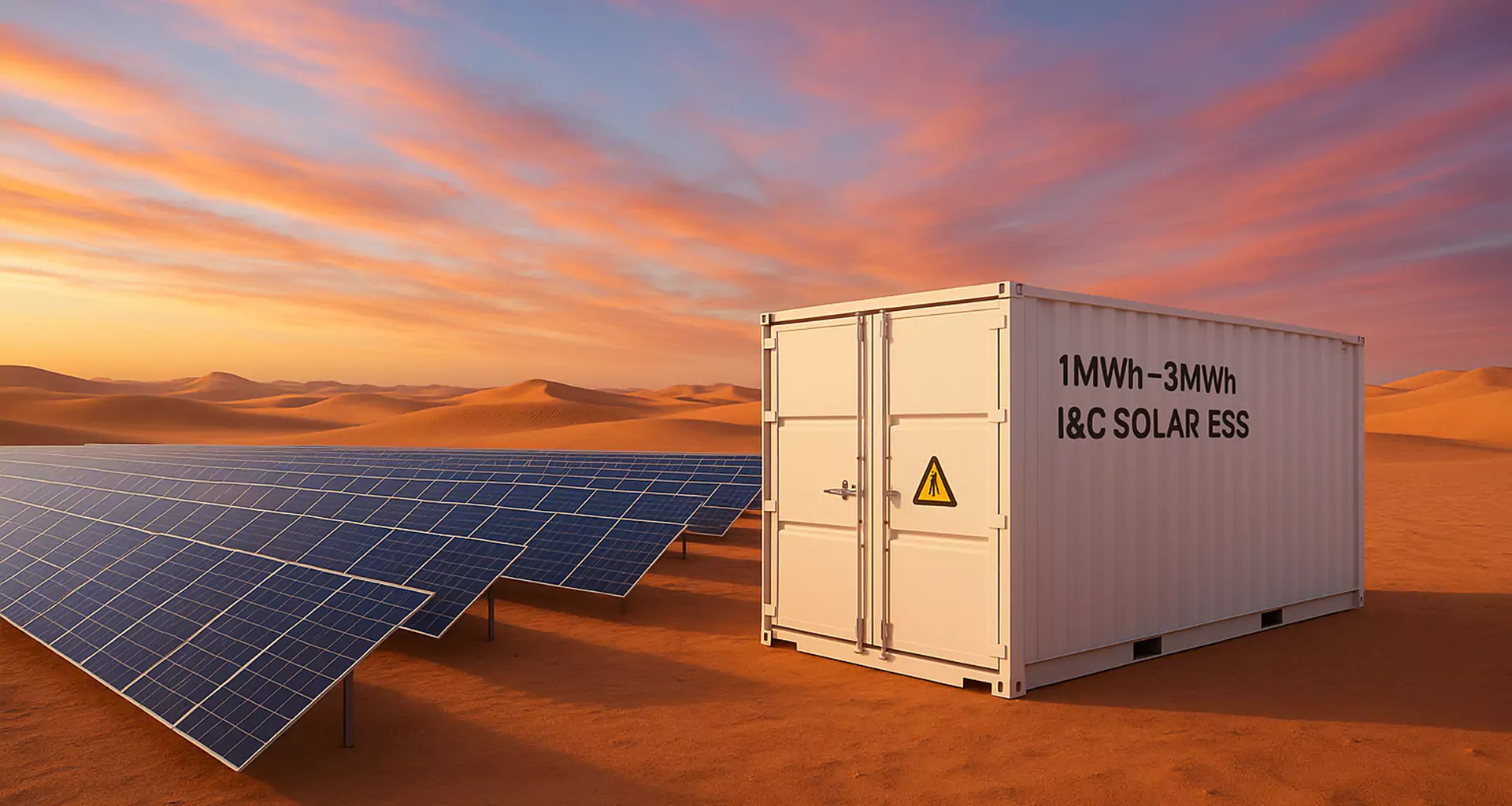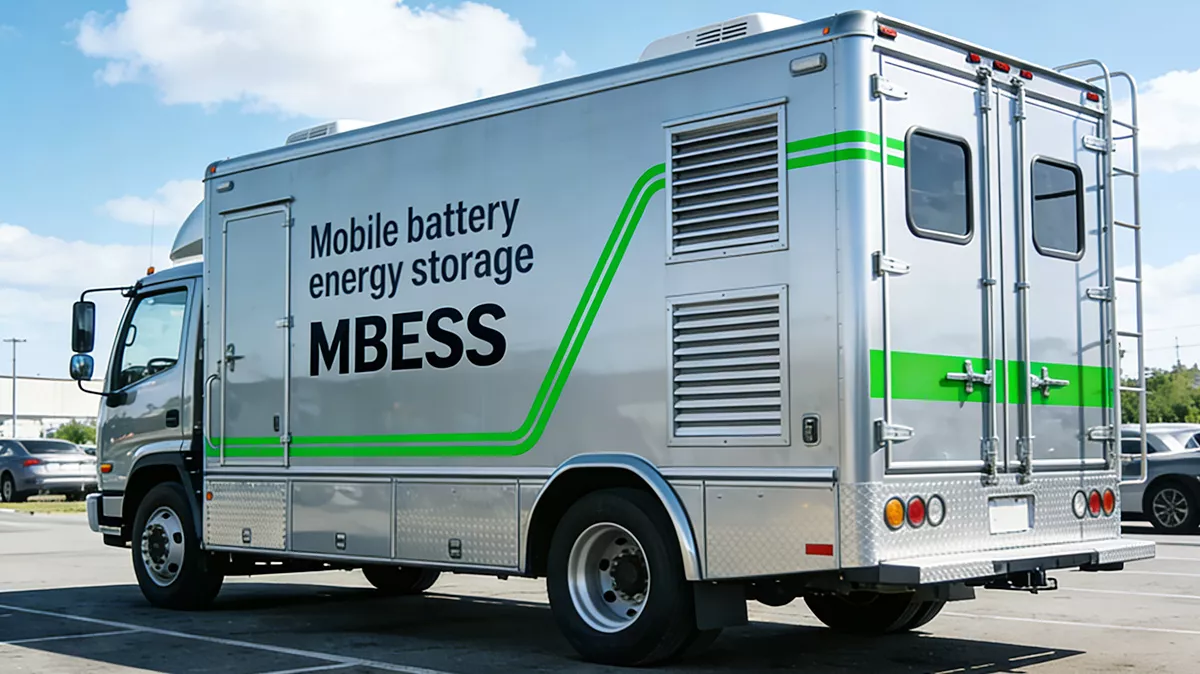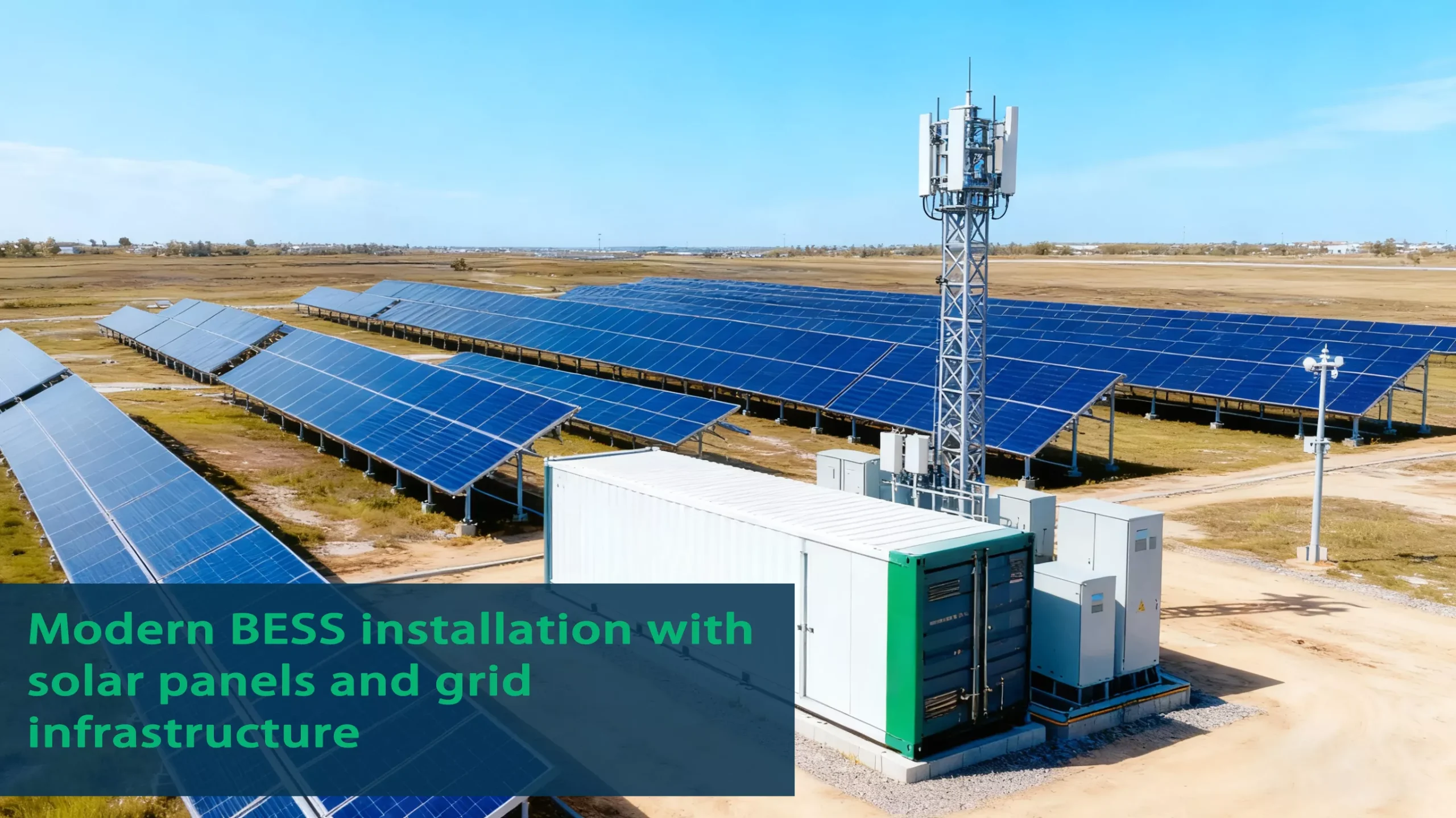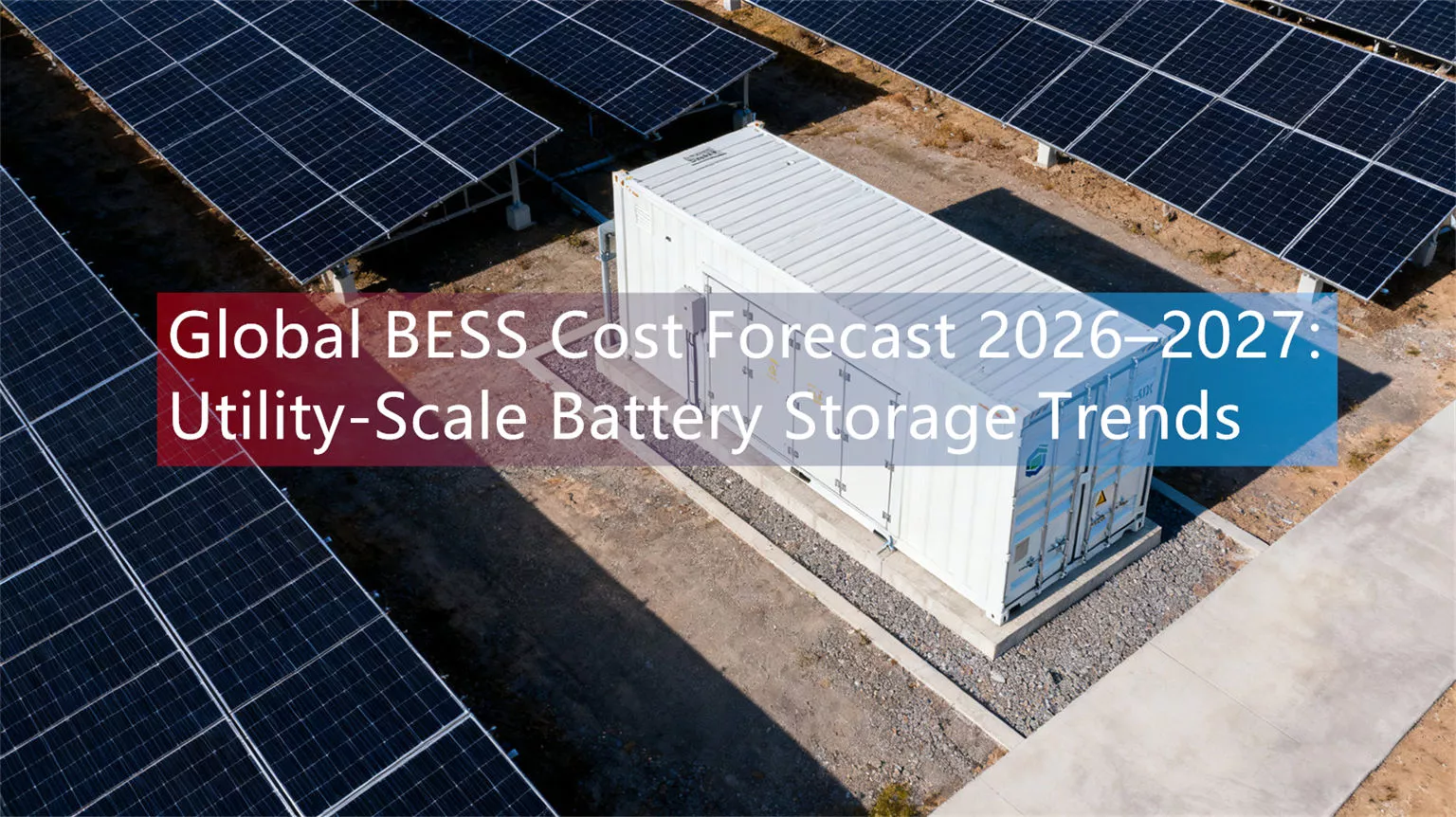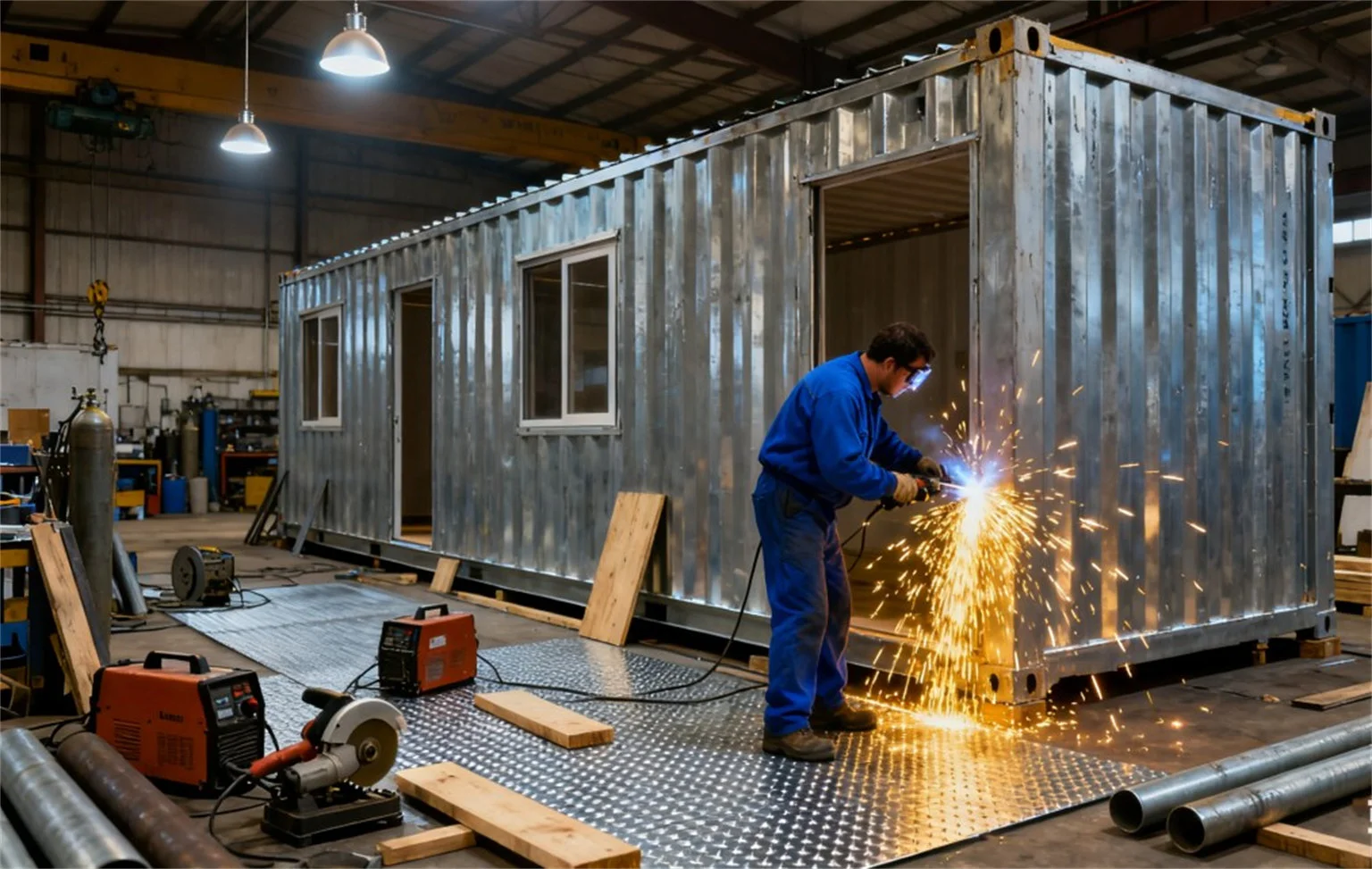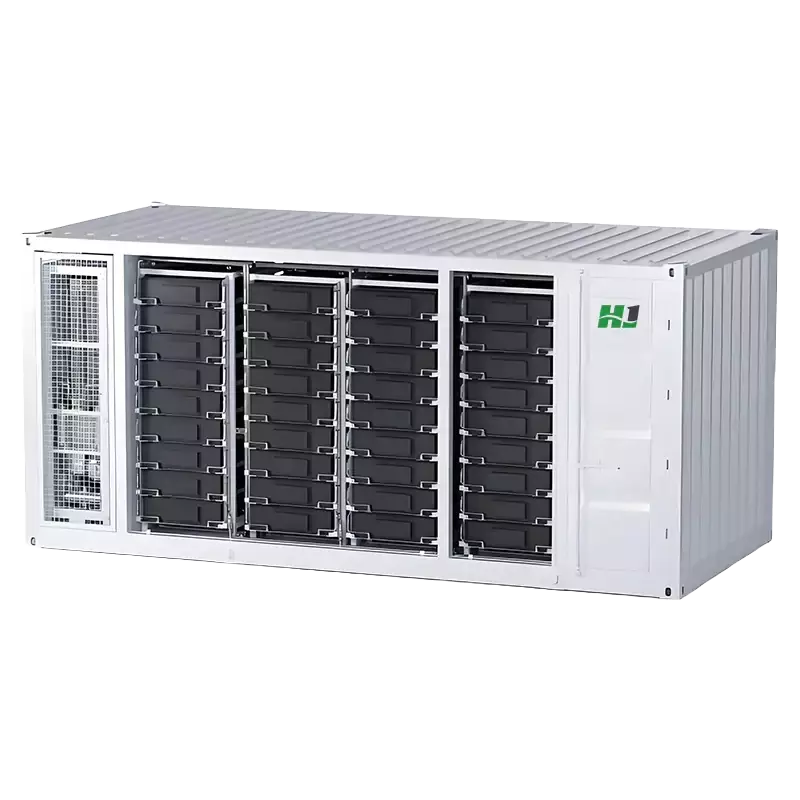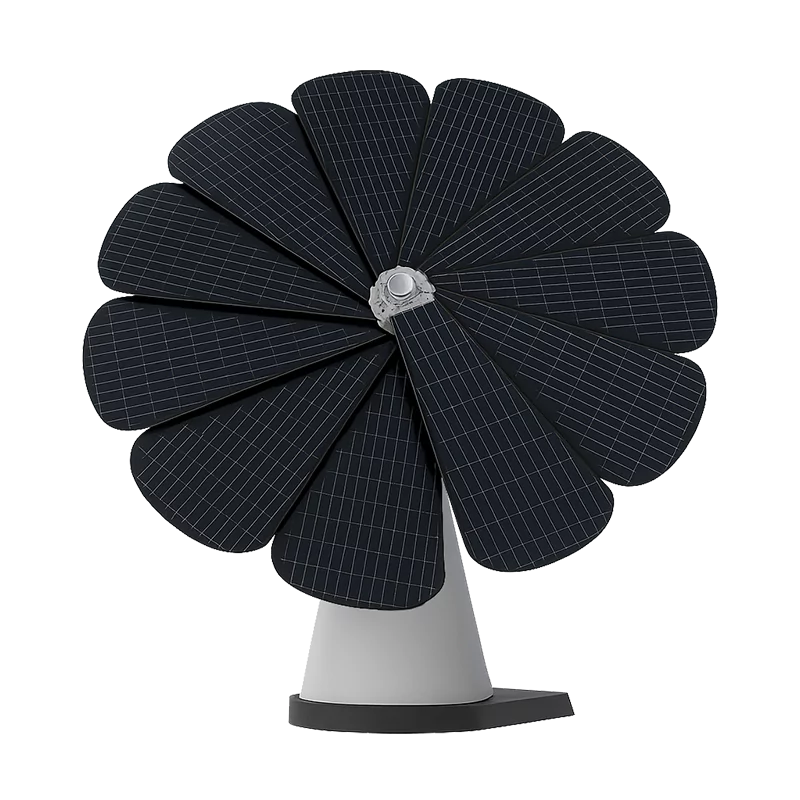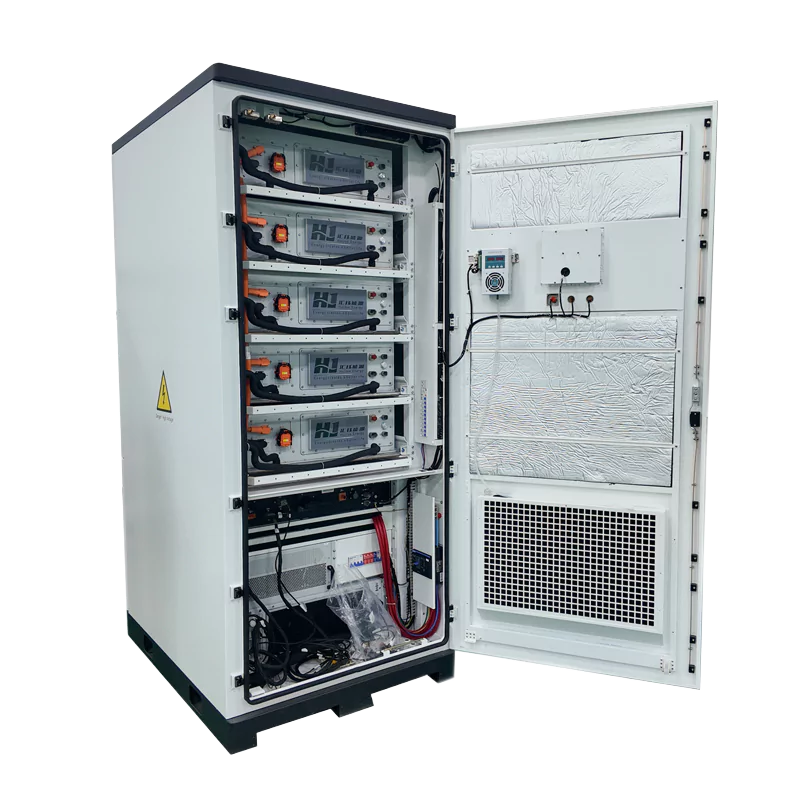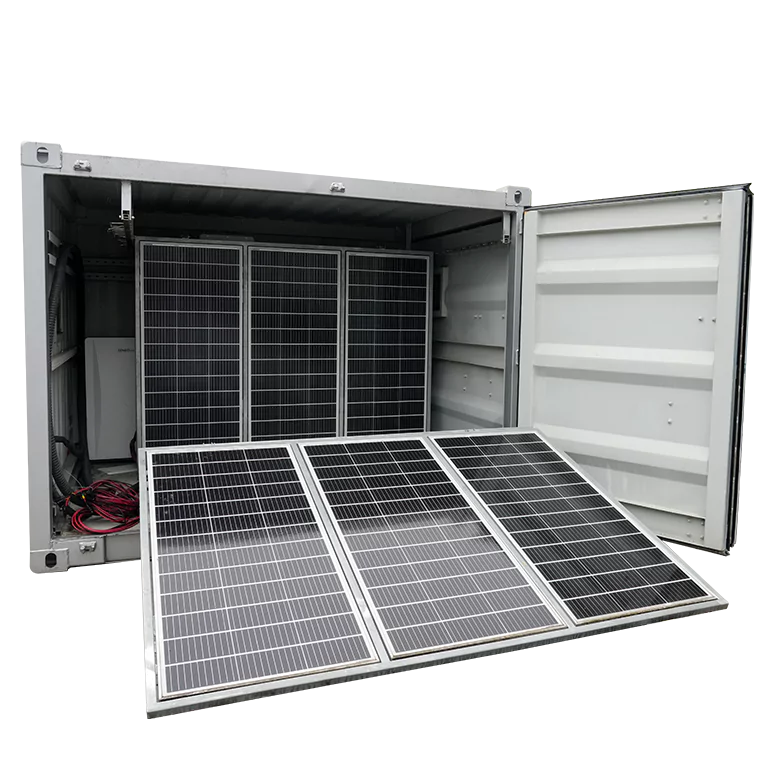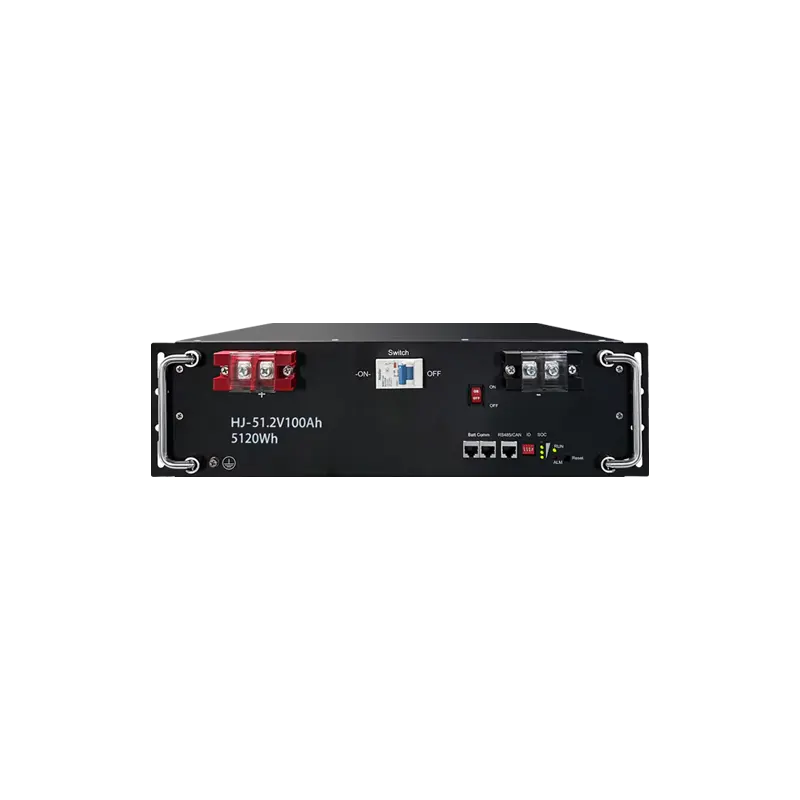How to Calculate Power Output of a 20-Foot Solar Container: Capacity, Efficiency & Applications
With the growing demand for off-grid, sustainable energy solutions, the 20-foot solar container has become a reliable and cost-effective choice for a wide range of applications.
Among these solutions, the 20-foot solar container is an essential one, offering modular and efficient energy generation capabilities. This article will focus on how to calculate the electricity output of a 20-foot solar container, delving into technical specifications, scientific formulation, and real-world applications, and highlighting the key benefits of the HighJoule solar container.
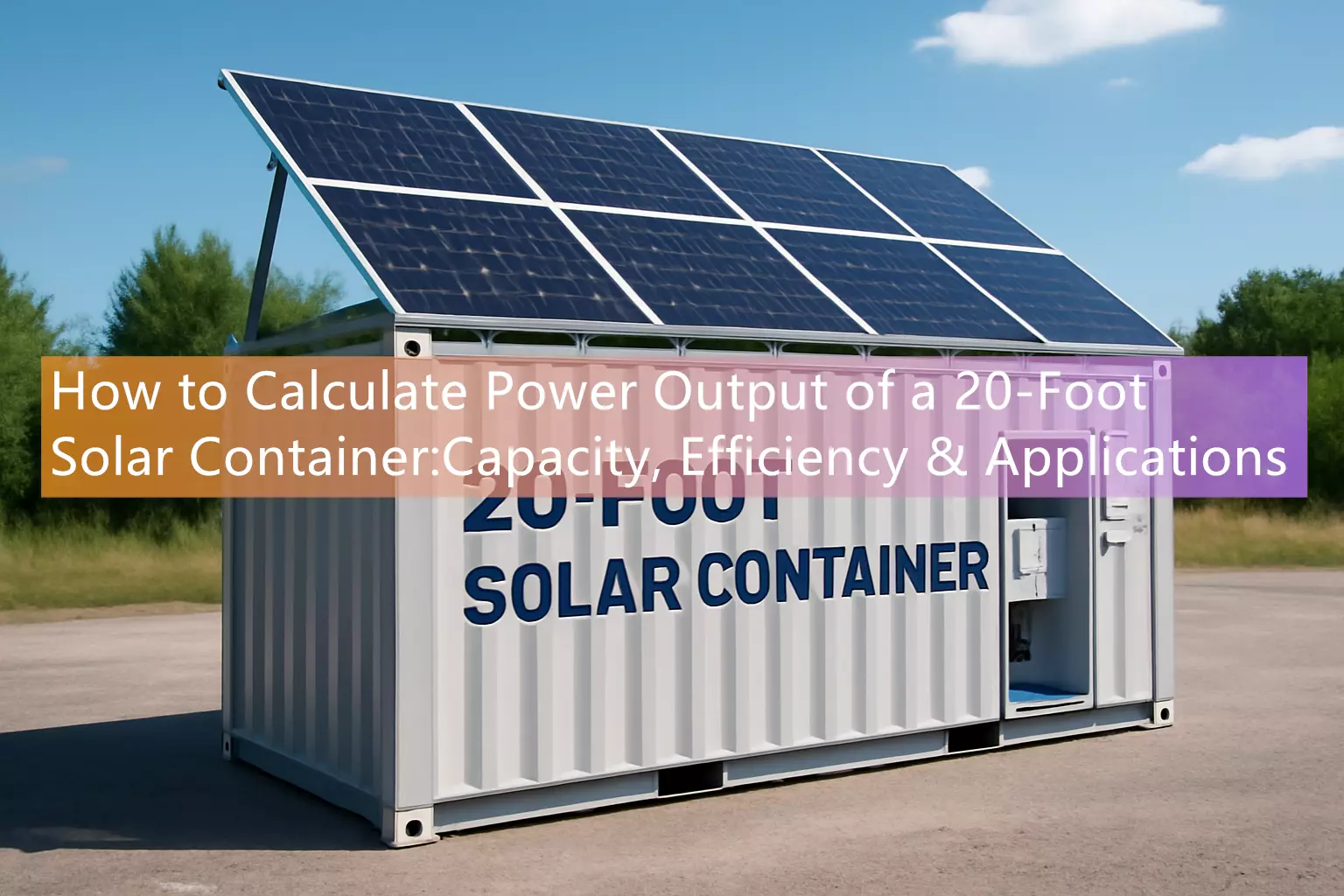
1. Key Specifications of the 20-foot Solar Container
The 20-foot solar container integrates photovoltaic energy generation technology, energy storage, and distribution in a compact, portable unit. Below are its key specifications:
- External Dimensions: 6.058m (L) × 2.438m (W) × 2.591m (H)
- Internal Usable Space: Approx. 5.9m × 2.35m × 2.39m
- Weight: 2.2-2.5 tons
- Solar panels: 6-8 high-efficiency monocrystalline silicon panels (445-455Wp each), offering a total installed capacity of 2.4-3.6kWp.
- Inverter: Grid-connected or off-grid inverter with ≥96% efficiency.
- Energy storage system: Optional lithium-ion battery (LFP) with a cycle life of more than 6,000 times, supporting an energy storage capacity of 20kWh–2MWh.
Tip: Check out our 20-foot solar container product page for more customized panel quantities and energy storage capacities.
2. Power Output Calculation: System and Practical Examples
The power output of a solar container depends on several factors, including total installed capacity, peak sunlight hours, and system efficiency. Below is a simplified method to calculate expected energy output:
Daily energy output (kWh) = Total installed capacity (kWp) × Peak sunshine hours (hours) × System efficiency (%)
Key Variables:
- Peak sunshine hours: This depends on the geographical location. For example, the average sunshine hours in the southwestern United States are about 5-6 hours per day, while areas with more cloudy climates (such as parts of Europe) may only have 3-4 hours of sunshine per day.
- System efficiency: This includes losses from elements such as inverters, wiring, temperature, etc. A system efficiency factor of 75%-85% is commonly used.
Example Calculation (East Coast of the United States):
Installed capacity: 8 × 450Wp = 3.6kWp
Peak sunshine hours: 4 hours/day
System efficiency: 80%
Daily energy output = 3.6kWp × 4 hours × 0.80 = 11.52kWh
Annual energy output = 11.52kWh/day × 365 = 4205kWh/year
Note: Actual electricity generation may fluctuate due to factors such as shadows, tilt angles, seasonal changes, etc. For a more accurate forecast, it is recommended to consider a fluctuation range of ±15%.
3. Industry Comparison: Capacity Growth vs. High-Power Models
The rapidly growing solar container market features several manufacturers offering a variety of configurations and power capacities. Below are the key storage capacities, energy configurations, and features of major models, including HighJoule, Huijue, Lovsun, Zhongwei, and others:
HighJoule Solar Container
- Model: HighJoule 20-foot solar container
- Models and Specifications:
- HJ20GP-M-60K215: 60kW rated power, 215kWh storage capacity, 480W per panel, 20-foot container
- HJ20HQ-M-75K215: 75kW rated power, 215kWh storage capacity, 610W per panel, 20-foot container
- Main Features: Prefabricated design, lightweight structure, scalable modular system, suitable for off-grid and grid-connected applications.
Huijue Solar Container
- Model: Huijue 20ft Solar Container
- Models and Specifications:
- HJ20GP-M-80K: 80kW rated power, 20ft container
- HJ20HQ-M-100K: 100kW rated power, 20ft container
- Main Features: High-efficiency PV modules, flexible energy storage options, suitable for power generation and off-grid applications in remote areas.
LZY Energy Storage Container (China)
- Model: LZY-ESS-20ft
- Energy Storage Capacity: 1-2MWh (liquid or air cooled)
- Main Features: Long-term power storage, highly scalable, adaptable to harsh environments, suitable for off-grid and grid-connected systems.
Zhongwei Solar Energy Storage Container
- Model: ZSCH002M-L001MA (20ft)
- Energy Storage Capacity: 1290kWh (LFP 280Ah battery)
- PV Input: 120kW max
Eaton xStorage M250/M500
- Rated Power: 250–500kW
- Capacity Configuration: 138kWh per unit (expandable to 1.656MWh)
Lovsun Energy Storage Container (China)
- Energy Storage Capacity: 1-2MWh (liquid or air cooled)
- Main Features: Long-duration energy storage, high scalability, high efficiency, suitable for off-grid and grid-connected systems.
If any information related to third-party brands or data is found to be incorrect or in need of modification, please contact us promptly for appropriate corrections or removal.
4. Applications and Case Studies
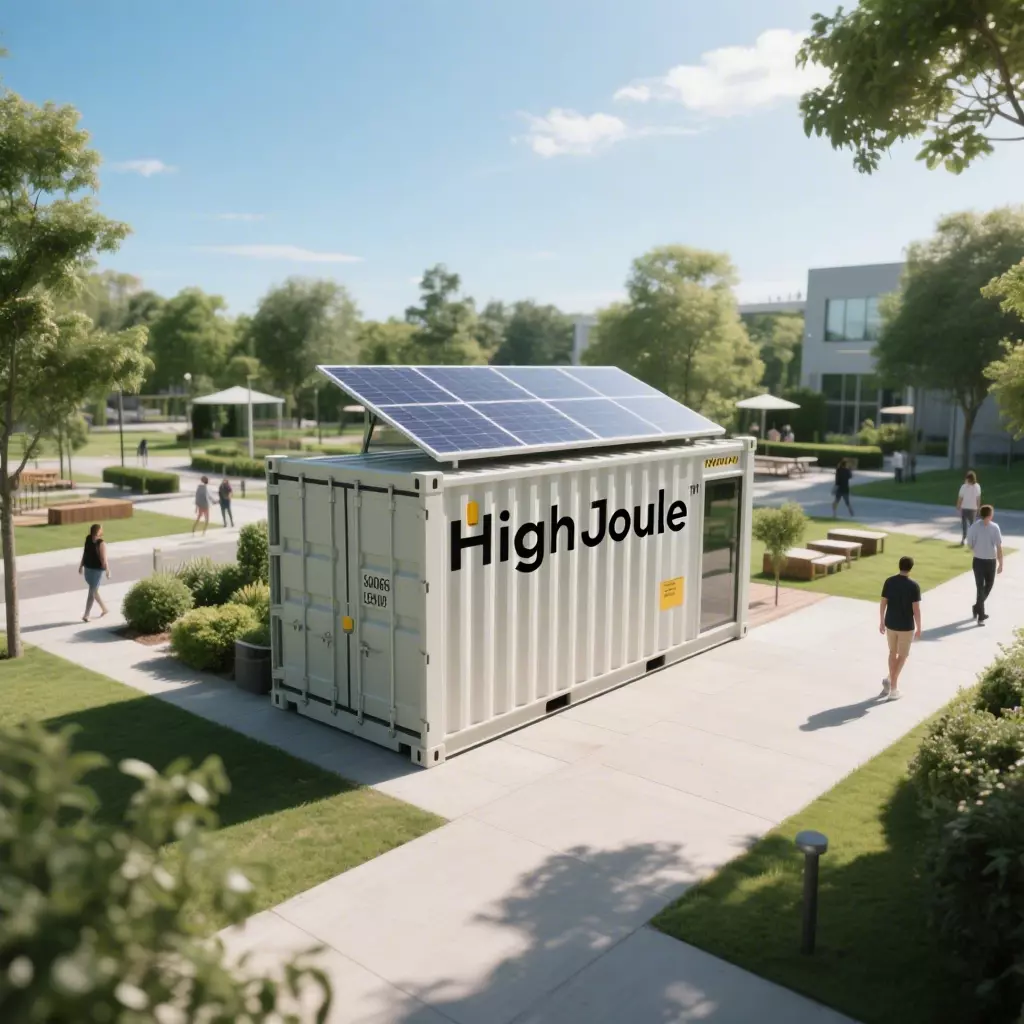
20-foot solar container can be deployed in a variety of environments to provide reliable, clean electrical power for both short-term and long-term projects. Here are some common applications:
- Off-grid power: Suitable for remote areas lacking grid power, such as islands, mining operations, or communication towers.
- Emergency backup power: Provides a rapidly deployable power solution for disaster-stricken areas (e.g., Hurricane Katrina, 2023 Turkey earthquake).
- Temporary building sites: Suitable for projects in remote areas, 20-foot containers can be used as mobile power stations.
- Commercial power supplement: Reduces dependence on traditional electricity sources, suitable for business parks or industrial areas that want to integrate renewable energy.
Actual Case Studies:
- In Mexico: Two 20-foot containers were deployed to power an agricultural irrigation system, increasing water efficiency by 40% and saving the farm $12,000 annually in water costs.
- At the Coachella Music Festival (2024): 10 containers (36kWp each) powered the stage, lighting, and catering booths, achieving 100% renewable energy coverage.
5. After-sales Service and Warranty
A key advantage of choosing HighJoule solar containers is the comprehensive after-sales service, including a 25-year warranty on solar panels, 5-year warranty on inverters and storage systems, and 24/7 global technical support.
- Solar panels: 25-year electricity output guarantee (≥80% rated power)
- Inverter and energy storage system: 5-year warranty
- Global provider network: Provide 24/7 technical assistance and on-site service within 48 hours
- Remote monitoring: Our HighJoule cloud platform can monitor energy output, system status, and power consumption in real-time. Firmware updates can be deployed remotely.
6. Why Choose the 20-Foot Solar Container?
Cost-effectiveness:
- Prefabricated plan reduces installation costs by 50%.
- Shipping charges are one-third of customized solutions.
Technological advancement:
- Bifacial panels increase energy generation by 15%.
- Liquid-cooled energy storage system extends battery life by 20%.
Policy adaptability:
- Complies with ISO shipping container standards, no additional building permits required.
7. Key Points:
The 20-foot solar container provides a flexible, scalable energy solution that can meet a wide range of energy needs, from off-grid residential power to large-scale industrial applications. With accurate energy output calculations, reliable performance, and cost-effectiveness, it is quickly becoming the preferred choice for sustainable energy solutions worldwide. For more personalized solar container solutions, visit our product page for detailed information and tailored assistance.
Find Your Solar + Battery Storage Specialist Now!
* Fill out this form and our experts will help you find the perfect solar storage solution for your home or business.


